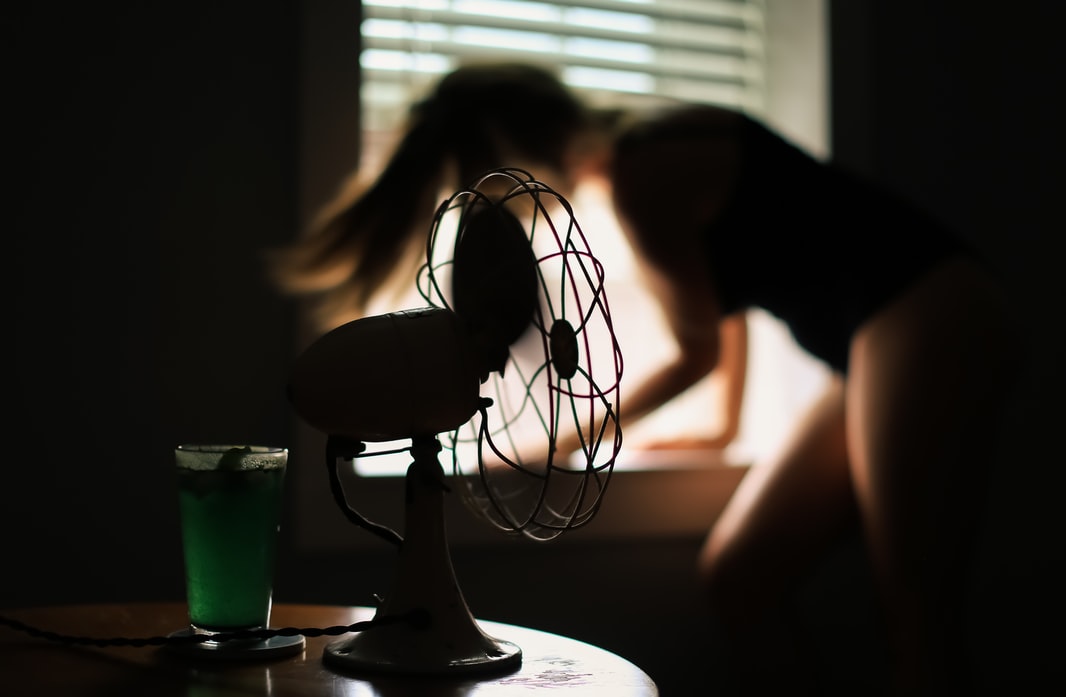All You Need to Know about Reverse Cycle Air Conditioning
Reverse Cycle Air Conditioning
Reverse cycle air conditioning is a remarkable technology that provides both cooling and heating capabilities in a single system. This ingenious system allows you to maintain a comfortable indoor environment throughout the year, making it a popular choice for homes and businesses. Whether sweltering in the summer or shivering in the winter, reverse cycle air conditioning has you covered?
How Reverse Cycle Air Conditioning Works
At the heart of reverse cycle air conditioning is a simple yet effective principle: heat transfer. During the heating mode, the system extracts heat from the outside air, even on chilly days, and transfers it indoors. The refrigeration cycle achieves this by having a refrigerant absorb heat from the outdoor unit's coils and release it inside your space.
When it's time to cool things down, the system reverses this process. It removes heat from the indoor air and releases it outside, refreshingly cooling your space. This efficient heat exchange ensures you get the desired temperature, regardless of the season.

Advantages of Reverse Cycle Air Conditioning
What is reverse cycle air conditioning and its benefits? Reverse cycle air conditioning offers a multitude of advantages that make it an attractive choice:
- Energy Efficiency: One of the standout benefits is its energy efficiency. These systems can provide heating and cooling using a fraction of the energy required by traditional methods. You'll notice the difference in your utility bills.
- Versatility and Year-Round Comfort: With reverse-cycle air conditioning, you don't need to switch between heating and cooling systems as the seasons change. You enjoy year-round comfort with a single, versatile design.
- Cost Savings: Compared to conventional heating methods like electric resistance heating, reverse cycle systems can lead to substantial cost savings in the long run. They are particularly efficient at converting electricity into heat.
Types of Reverse Cycle Air Conditioning Systems
There are various types of reverse cycle air conditioning systems to suit different needs:
- Split-System Air Conditioners: These systems consist of an indoor unit (evaporator) and an outdoor unit (condenser). They are suitable for cooling or heating individual rooms or areas.
- Ducted Air Conditioning Systems: Ducted systems provide whole-house comfort. They use a network of ducts to distribute conditioned air evenly throughout your home.
- Multi-Split Systems: Multi-split systems allow you to connect multiple indoor units to a single outdoor unit, offering zoned heating and cooling for different areas of your home.
- Portable Units: Portable reverse cycle air conditioners are convenient for spot cooling or heating. They can be moved to various rooms as needed.
Sizing and Installation
Proper sizing is crucial for the efficiency of your reverse-cycle air conditioning system. An undersized unit will need help to heat or cool your space adequately, while an oversized team may lead to inefficiency and increased energy consumption. It's best to consult a professional to determine the correct size for your needs.
Installation is equally essential. Place the indoor and outdoor units strategically for optimal performance. Professional installation ensures the system operates efficiently and effectively, providing you with the desired comfort level.
Maintenance and Care
Regular maintenance is essential to keep your reverse-cycle air conditioner in peak condition. It includes cleaning the filters, coils, and fans and checking for refrigerant leaks. Schedule professional servicing annually to address potential issues and ensure the system's longevity and efficiency.
Energy Efficiency and Environmental Impact
Reverse cycle air conditioning is known for its energy efficiency. These systems can provide up to three times more heating or cooling energy than the electricity they consume. It translates to lower energy bills and reduced greenhouse gas emissions, making them an environmentally responsible choice.
Common Issues and Troubleshooting
Like any technology, reverse-cycle air conditioners may encounter common problems. These can include issues with airflow, unusual noises, or inadequate heating or cooling. Simple troubleshooting of cleaning filters or checking for obstructions can resolve many minor problems. However, if you encounter more significant issues, it's advisable to seek professional assistance to prevent further damage.
Cost Considerations
When considering a reverse-cycle air conditioning system, factoring in the overall cost is essential. It includes the purchase price, air conditioner installation costs, and ongoing operating expenses. While the initial investment may seem significant, the long-term savings in energy bills and potential rebates or incentives can make it a financially sound choice. Budget-conscious buyers can explore various options to find the system that best suits their needs and budget.
Make Your Intelligent Choice Now
In conclusion, reverse cycle air conditioning is a versatile and efficient solution for maintaining comfortable indoor temperatures year-round. Whether you're looking to cool down during scorching summers or warm up during chilly winters, these systems offer both convenience and cost savings. By understanding how they work, choosing the right type, sizing and installing them correctly, and ensuring proper maintenance, you can enjoy the benefits of reverse-cycle air conditioning while minimizing environmental impact and maximizing comfort. Make the intelligent choice for year-round comfort in your home or business with reverse-cycle air conditioning.